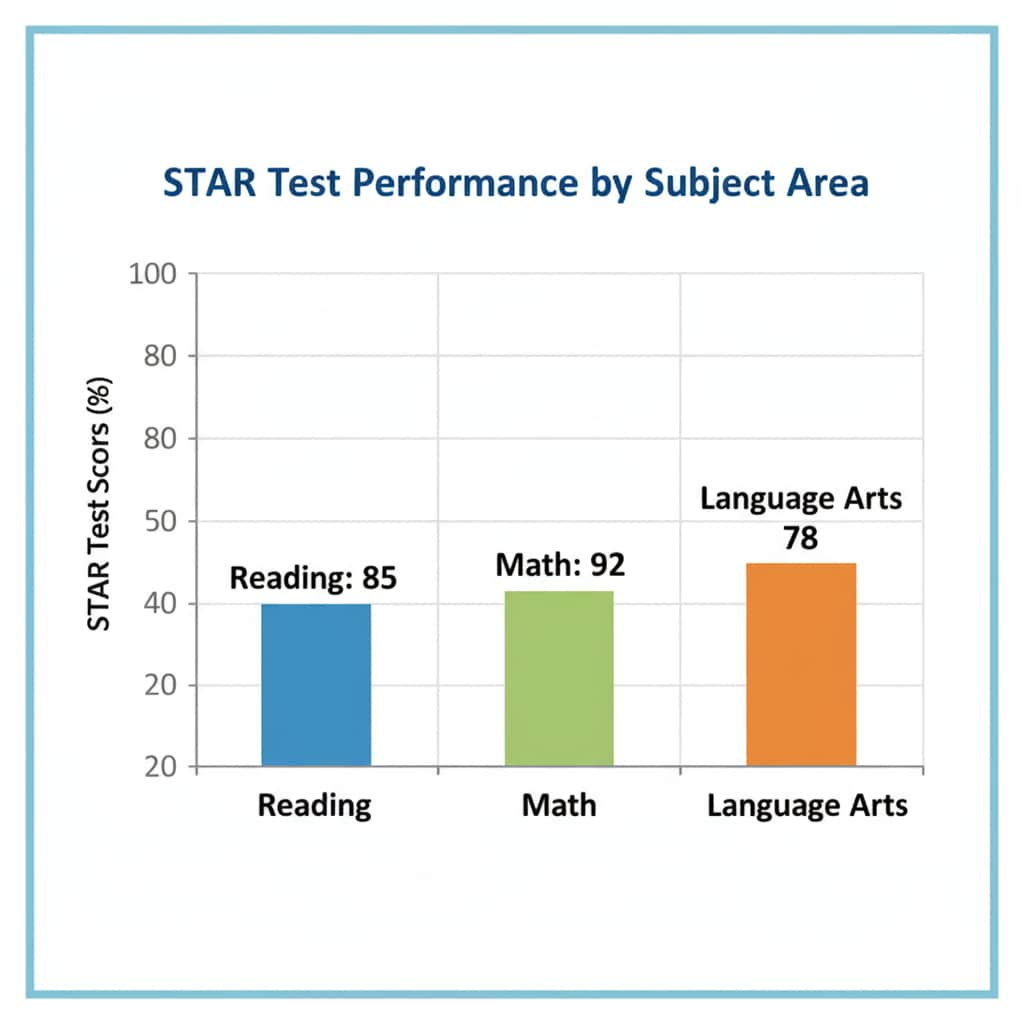STAR Test, Percentile Rank, and Academic Assessment are crucial aspects in the field of education. Parents and educators alike often rely on STAR test scores to gauge a student’s academic progress. But how reliable are these scores, and what do they truly signify? Let’s take a closer look.

The Basics of STAR Test
The STAR (Standardized Testing and Reporting) Test is a widely used assessment tool in many educational institutions. It aims to measure a student’s knowledge and skills in various subjects, such as reading, mathematics, and language arts. For example, it helps teachers identify areas where a student may be struggling or excelling. This test is designed to provide a comprehensive view of a student’s academic standing. Learn more about STAR Test on Education.com

Understanding Percentile Rank
Percentile rank is a key component of interpreting STAR test scores. It indicates the percentage of students in a specific group who scored equal to or lower than a particular student. For instance, if a student is in the 75th percentile, it means they scored better than 75% of the students in the comparison group. This ranking system helps parents and educators understand how a student performs relative to their peers. Britannica’s explanation of Percentile
The significance of percentile rank lies in its ability to provide context. It’s not just about the raw score but how well a student fares in comparison to others. This information can be used to set appropriate goals for students, whether it’s aiming for improvement or maintaining a high level of performance.
However, it’s important to note that percentile rank has its limitations. It doesn’t necessarily reflect a student’s absolute knowledge or skills. A student in the 50th percentile may still have a solid understanding of the material, but due to the distribution of scores in the group, their rank may not seem as high.
As a result, while percentile rank is a useful tool, it should be used in conjunction with other forms of assessment to get a more accurate picture of a student’s academic capabilities.
Readability guidance: Here, we’ve used short paragraphs to clearly explain the concepts. The list-like structure in the explanations helps in better comprehension. We’ve also incorporated transition words like ‘however’ and ‘as a result’ to make the flow more logical.


